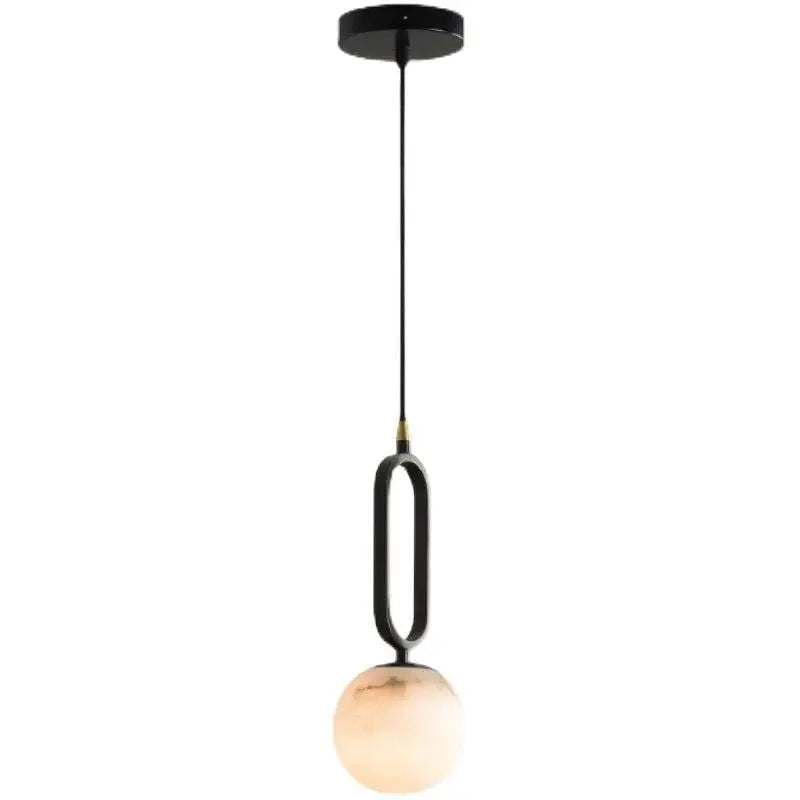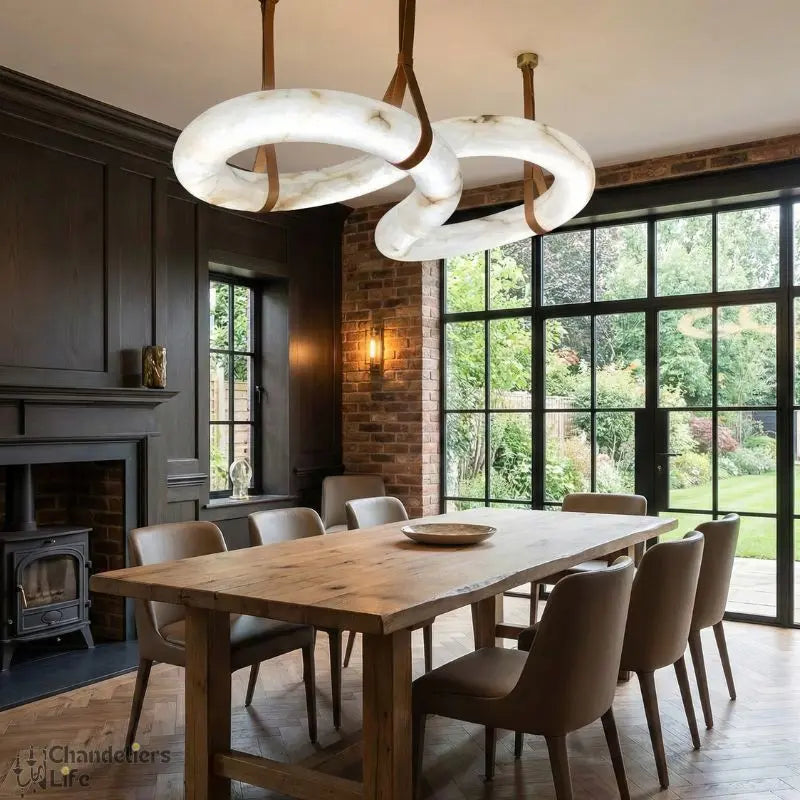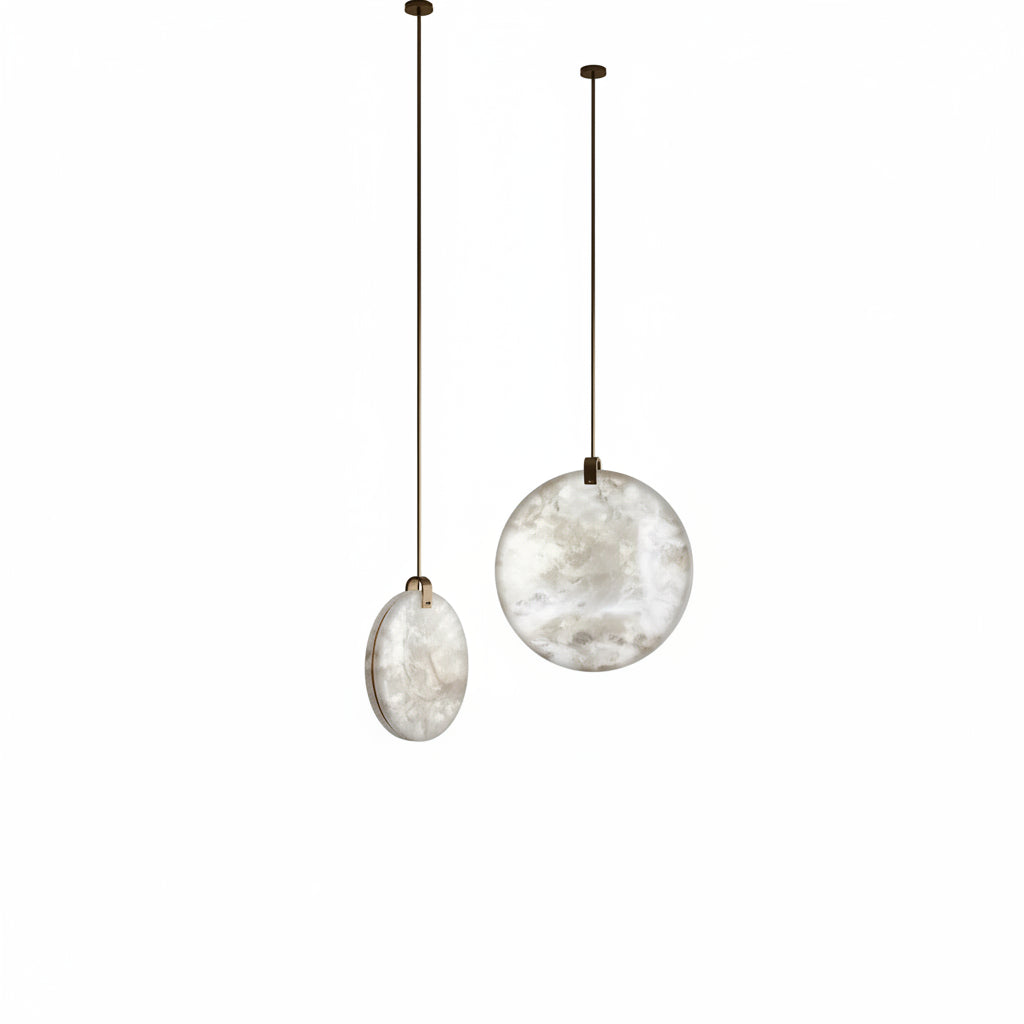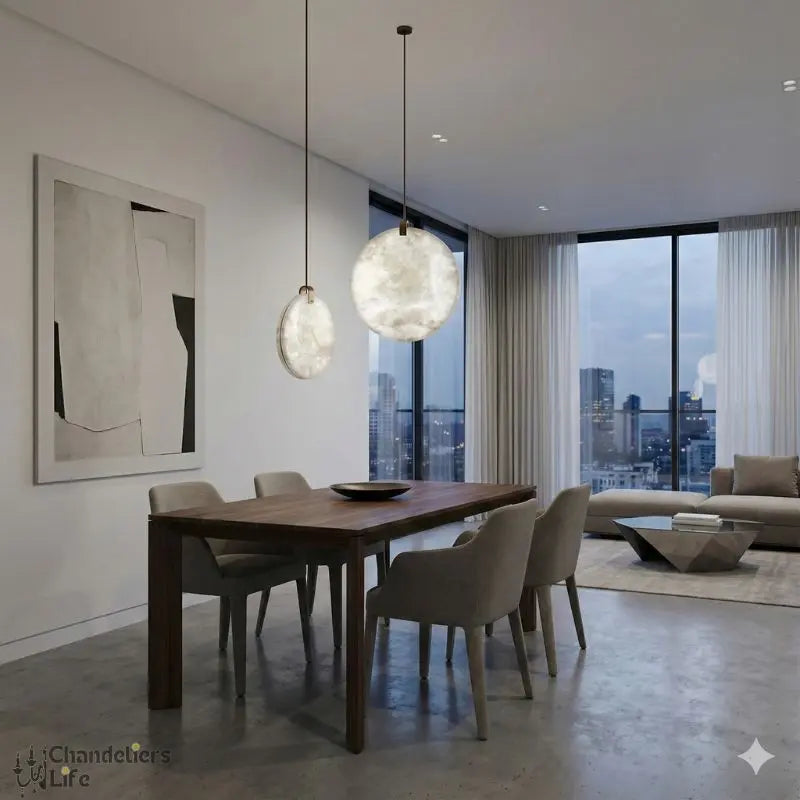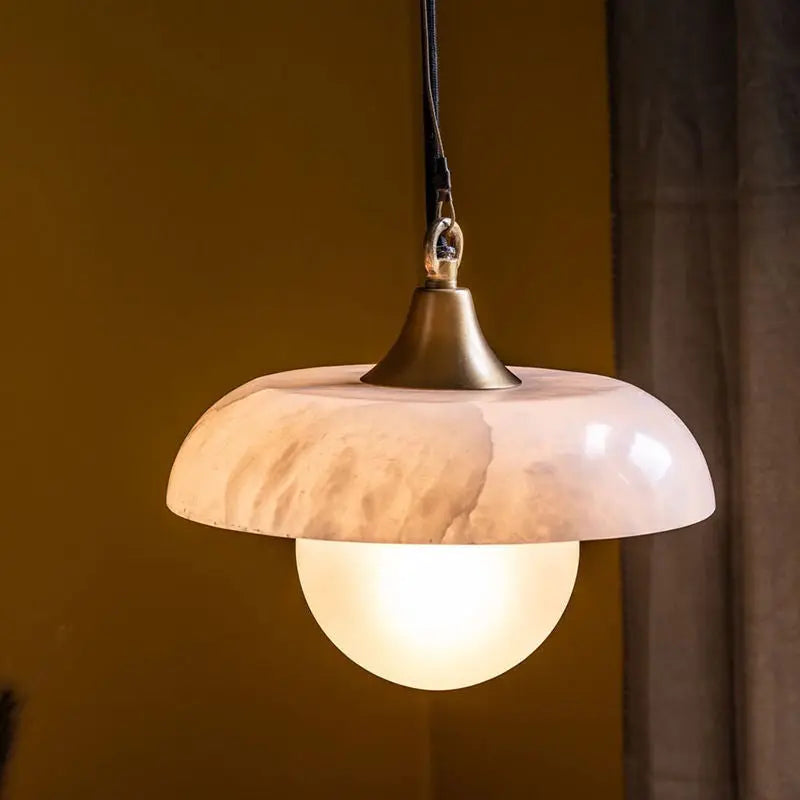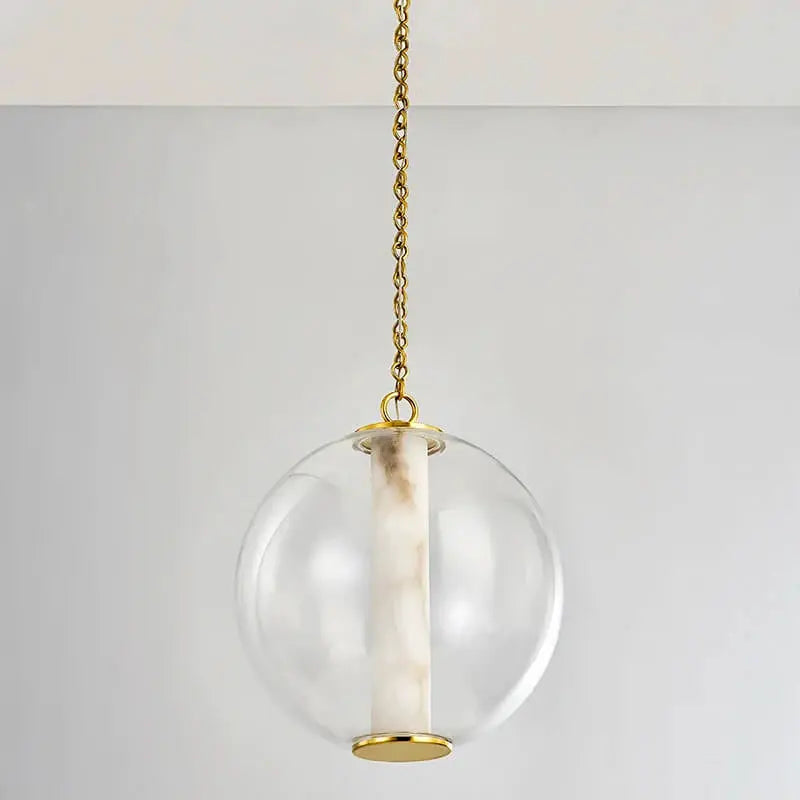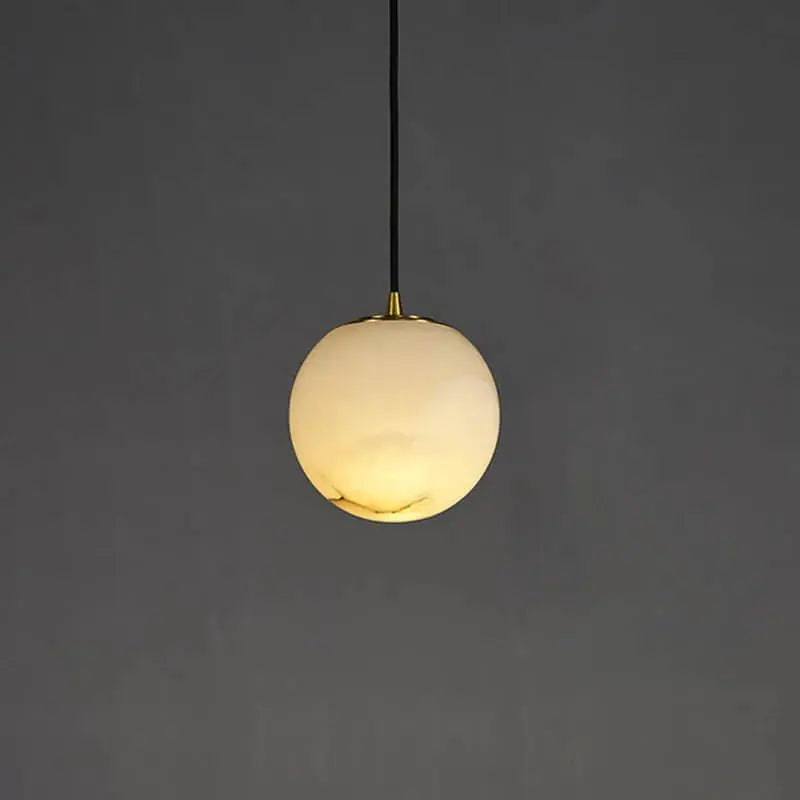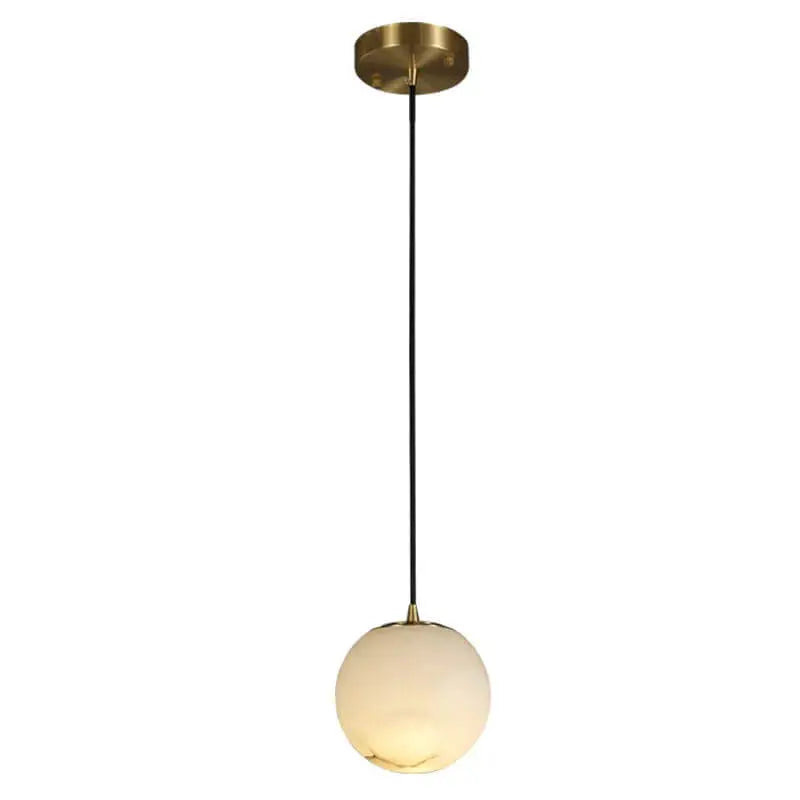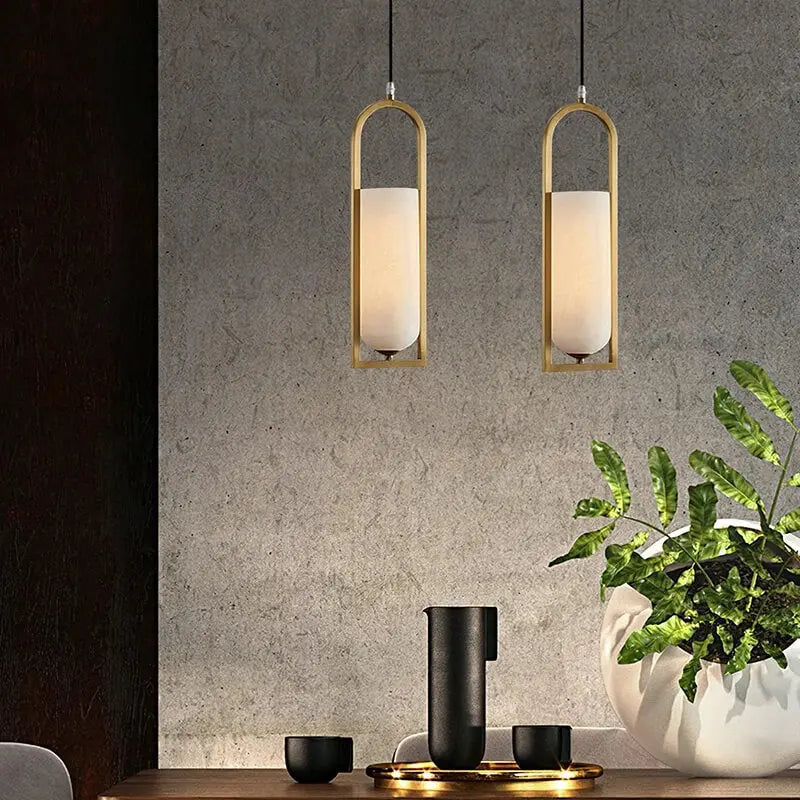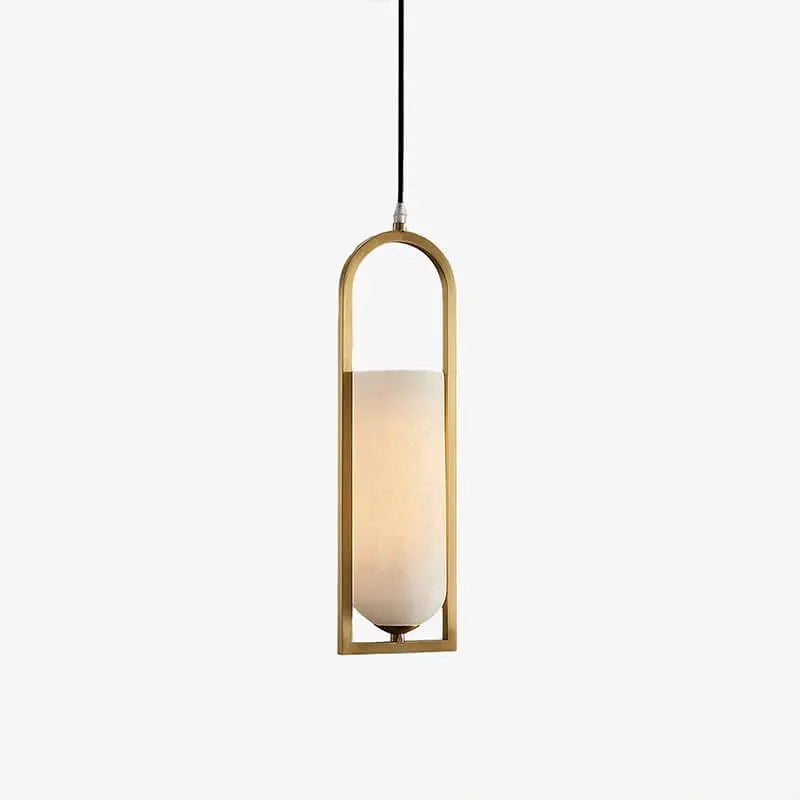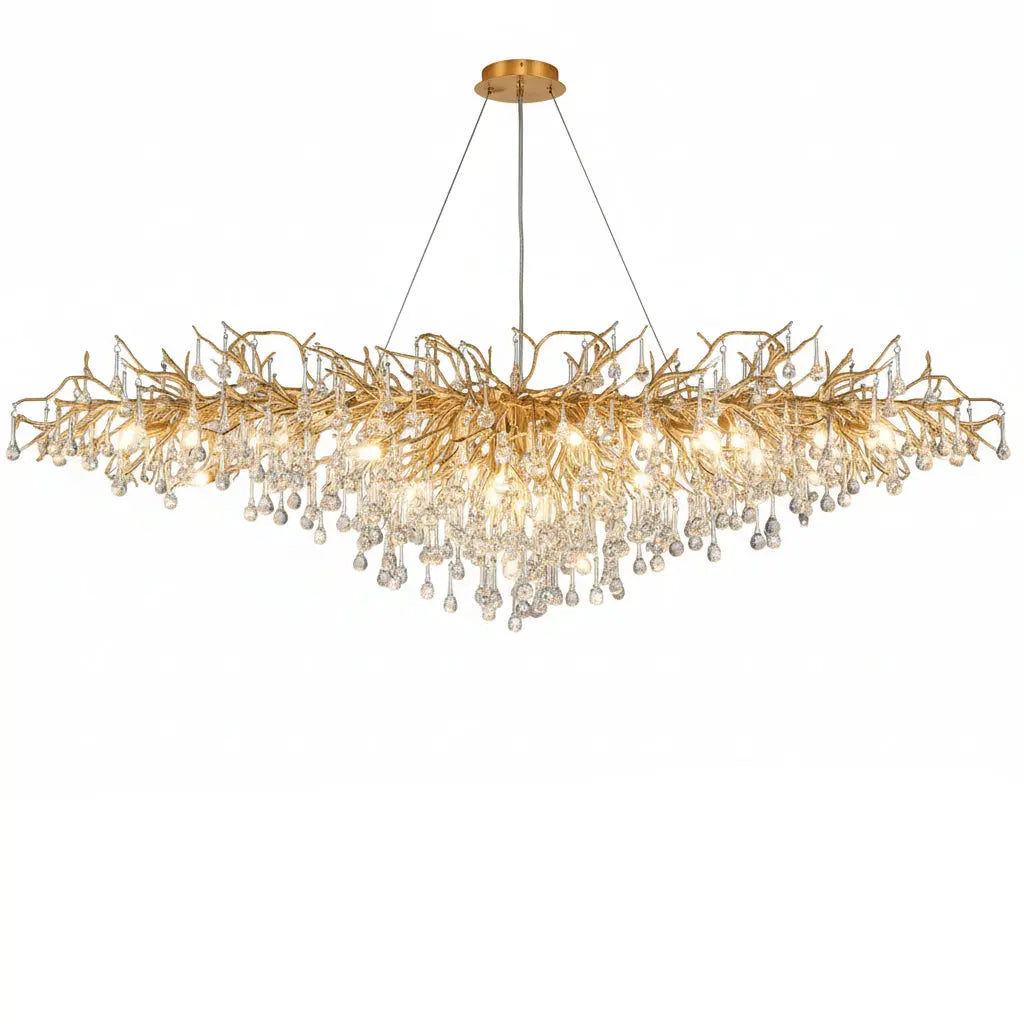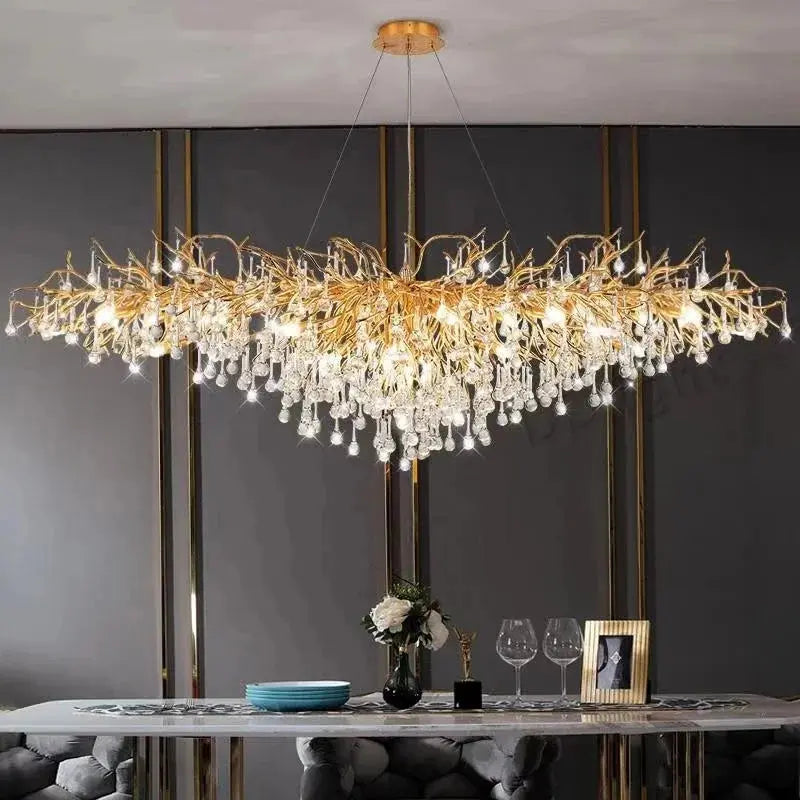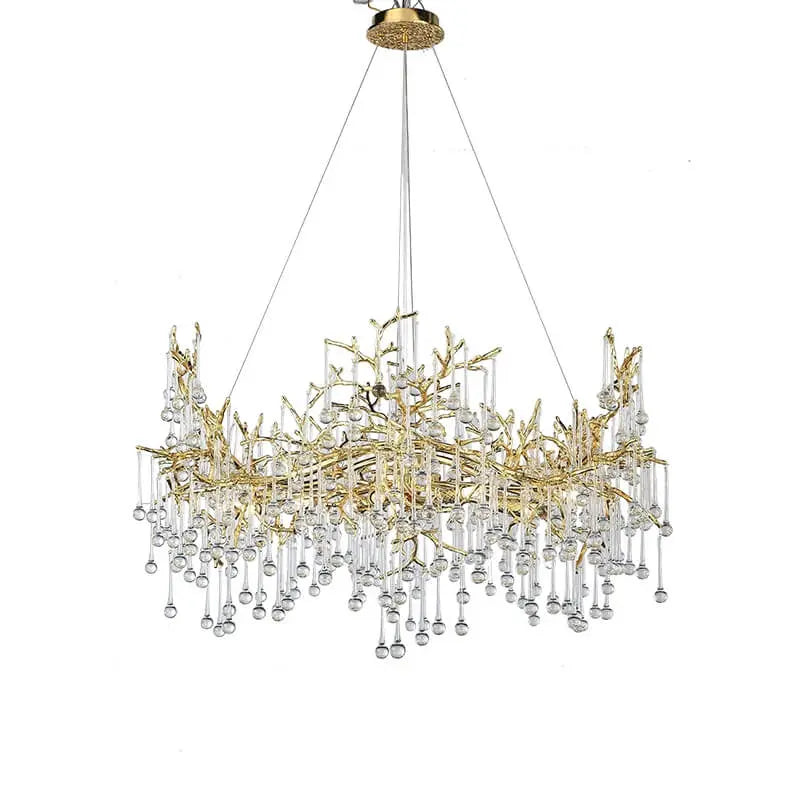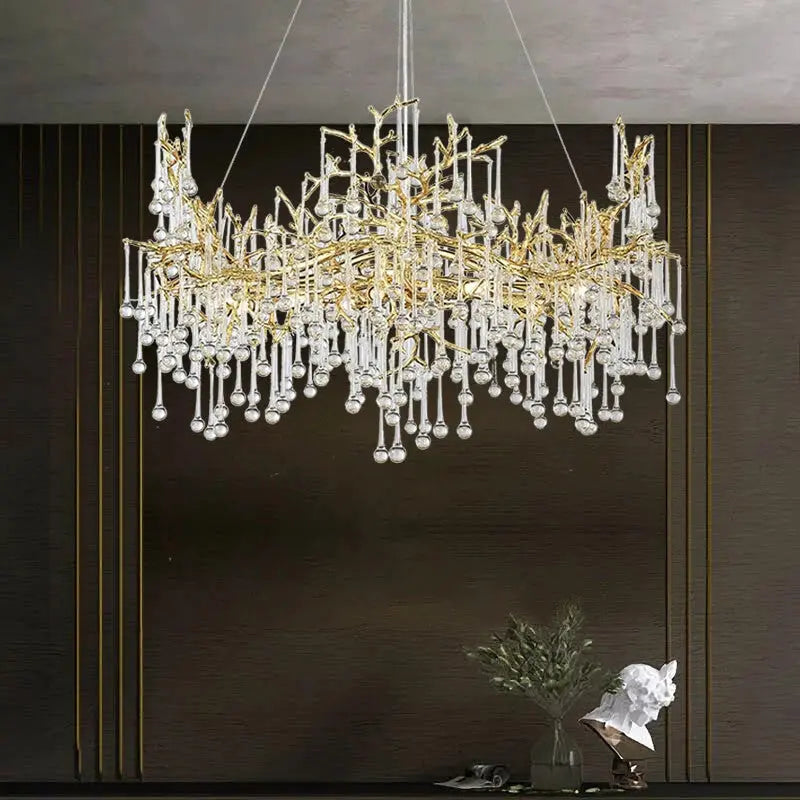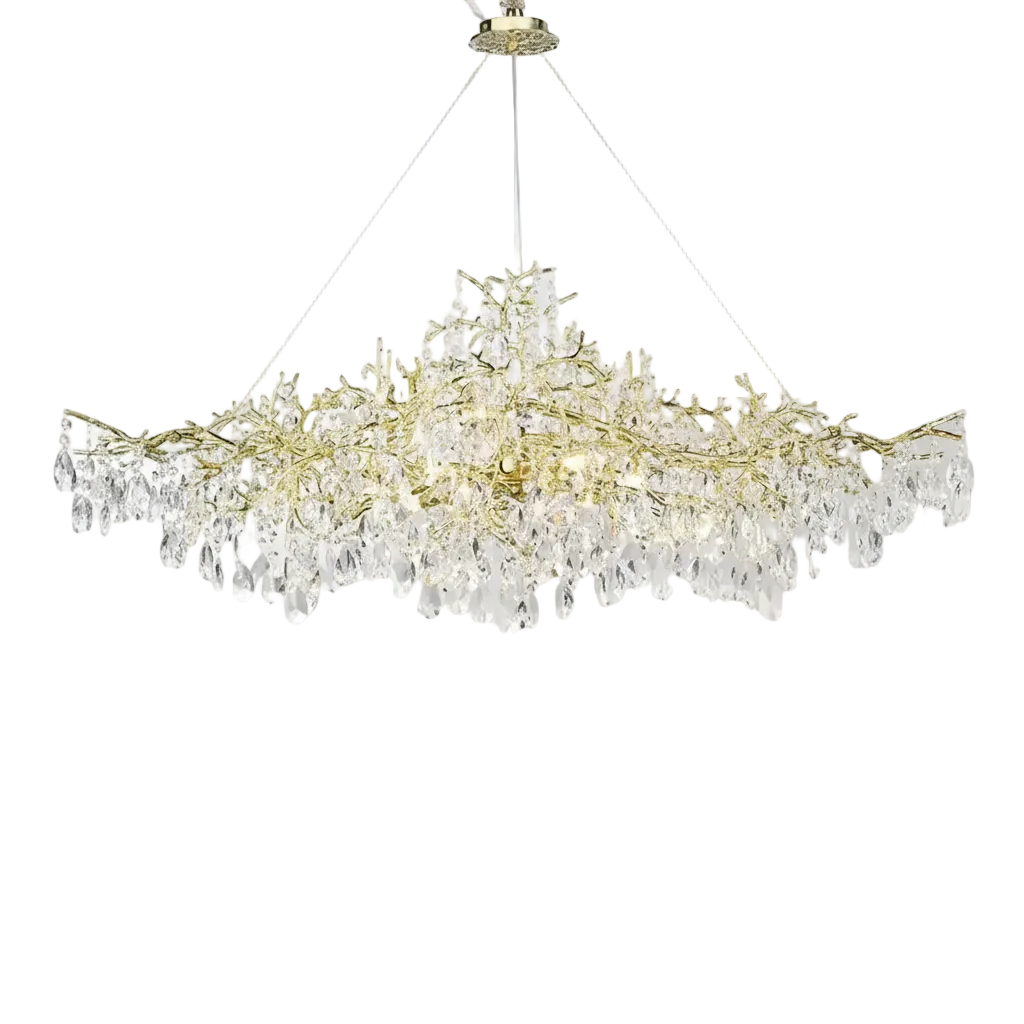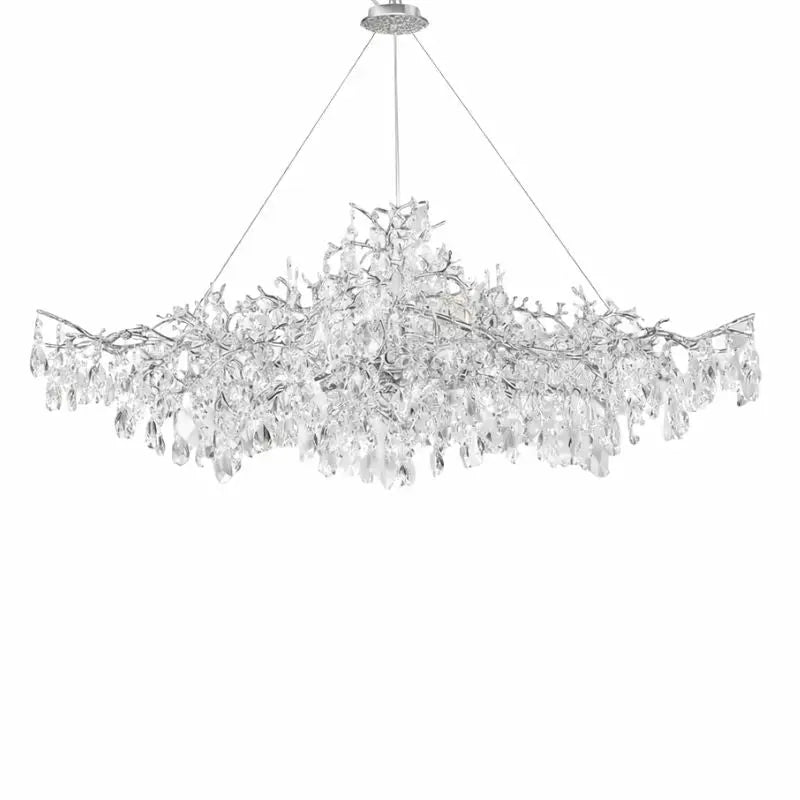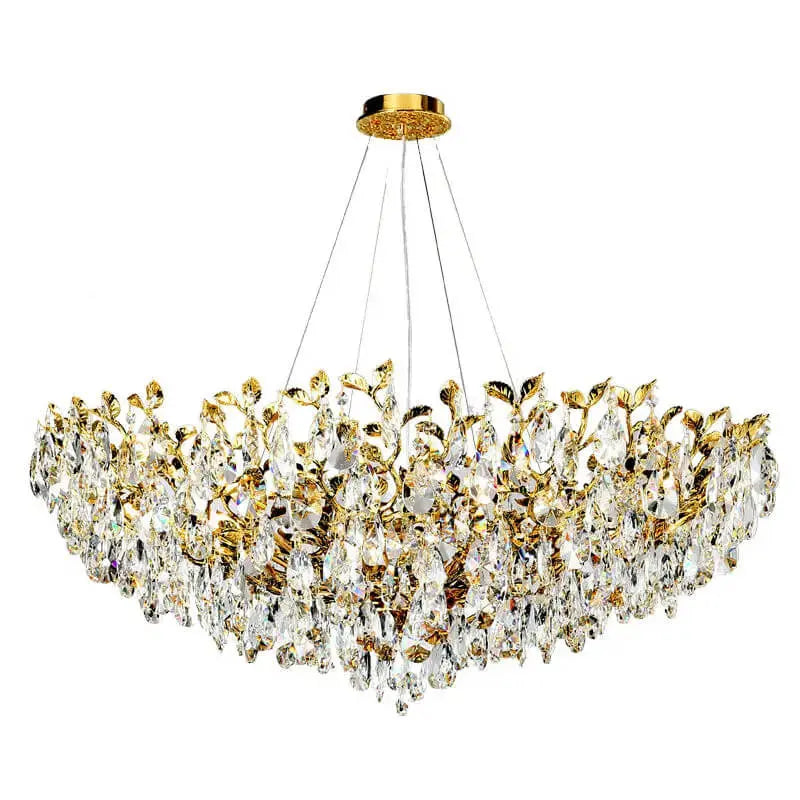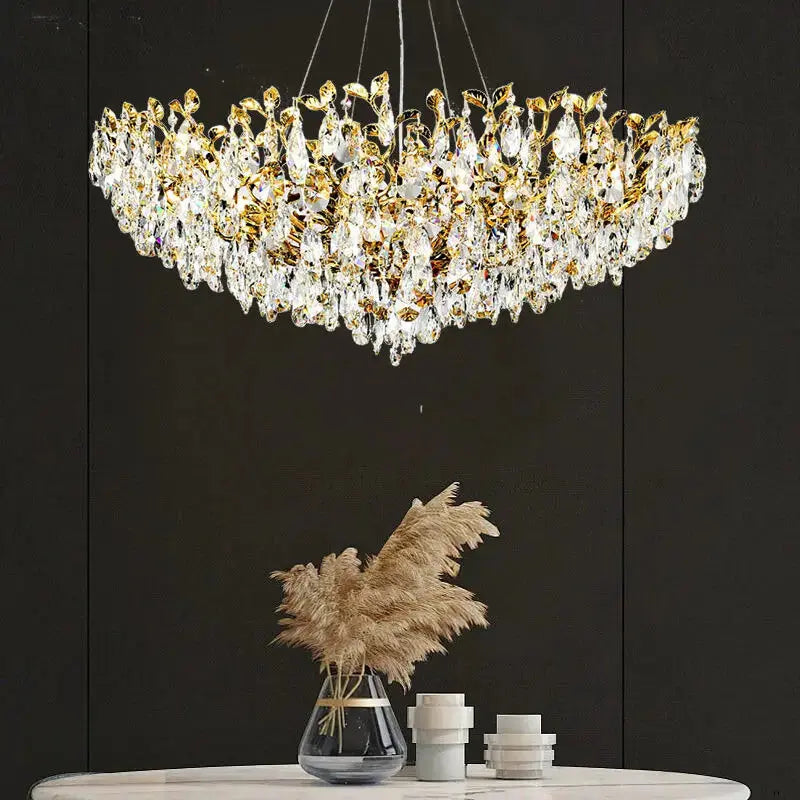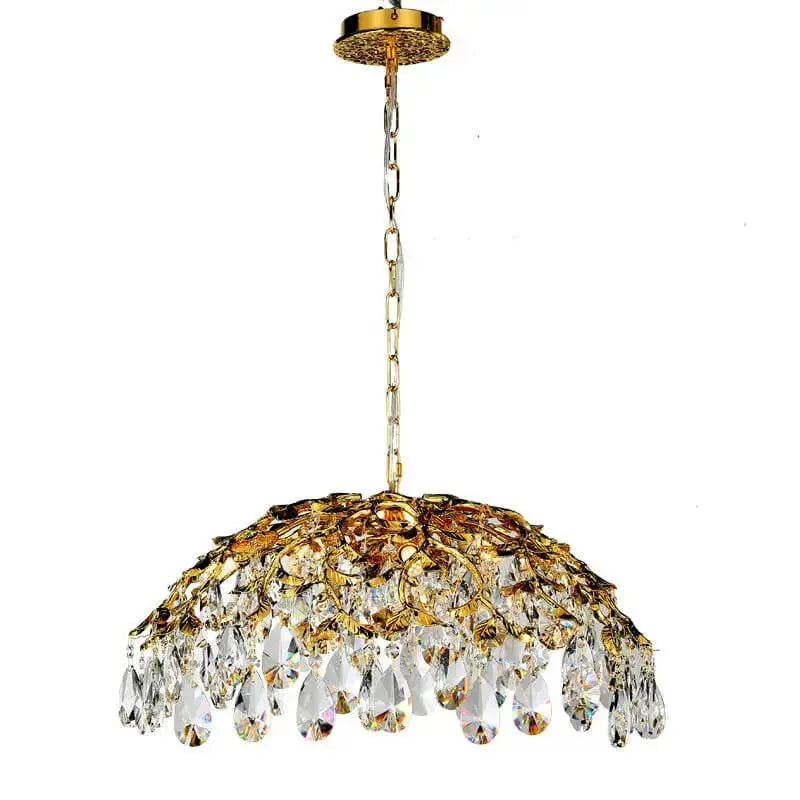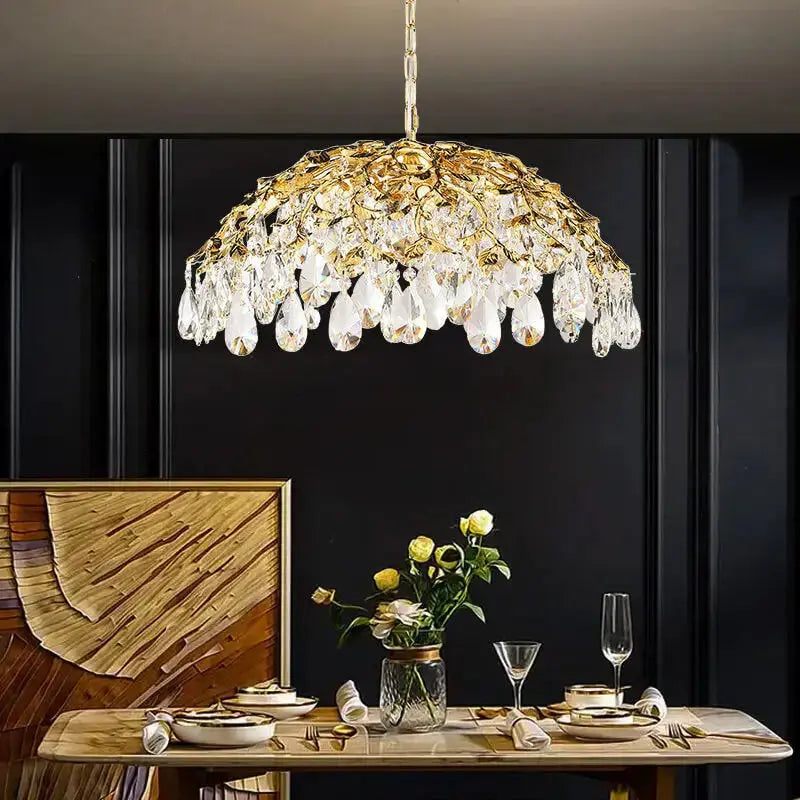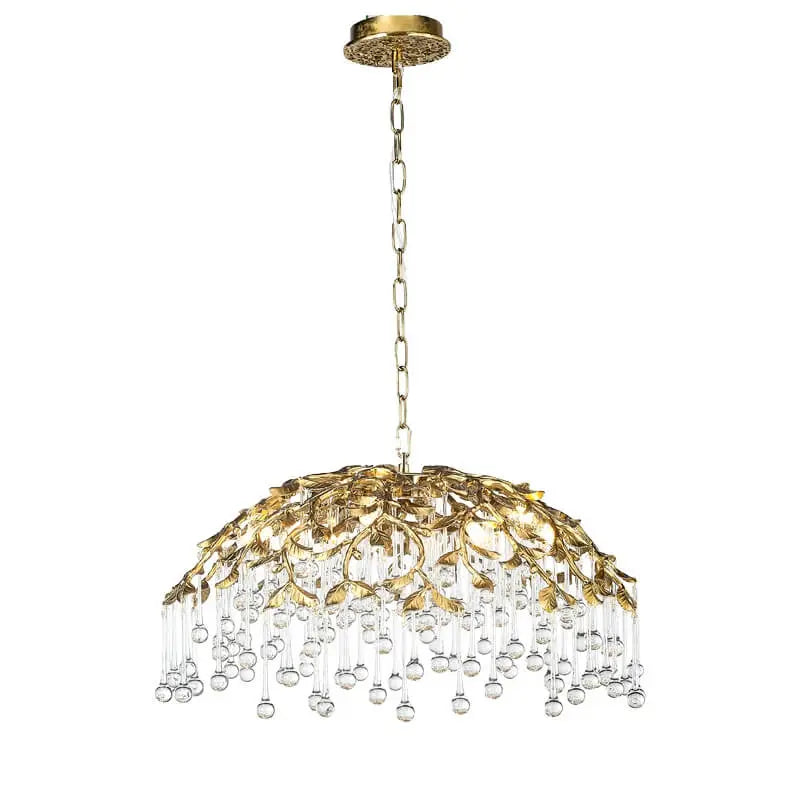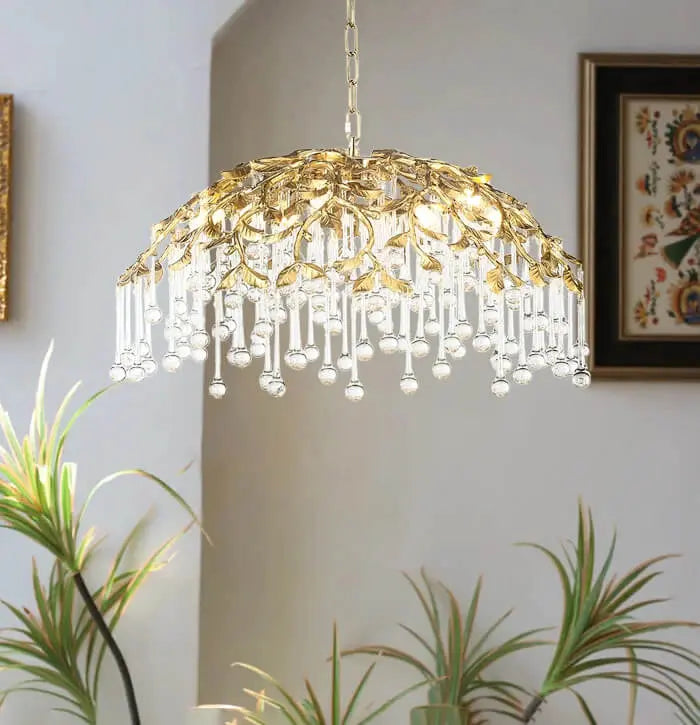Optimizing lighting in commercial buildings is key to saving energy and cutting costs. With a variety of lighting options available, from traditional fluorescent to modern LED lights, choosing the right solution can make a huge difference. This guide will walk you through the best practices for selecting energy-efficient lighting, the benefits of LED lights, and how to use natural light to your advantage.
Key Takeaways
- Switching to LED lighting can significantly lower energy use and maintenance costs.
- Using natural light through daylight harvesting can reduce the need for artificial lighting.
- Integrated lighting controls, like motion sensors and dimmers, can further enhance energy savings.
- Choosing the right color temperature and lumens per watt is essential for energy efficiency.
- Automated lighting controls can optimize lighting based on occupancy and natural light availability.
Choosing the Most Energy-Efficient Lighting Solutions
In today's world, picking energy-efficient lighting is key for cutting down on energy use and saving money in commercial buildings. From traditional fluorescent lamps to modern LED technology, there are many options to meet different lighting needs.
Types of Energy-Efficient Lighting
There are several types of energy-efficient lighting solutions available:
- LED Lighting: Uses less power and lasts longer.
- Fluorescent Lighting: More efficient than incandescent but less than LEDs.
- Halogen and Incandescent Lighting: Less efficient and not recommended for commercial use.
Benefits of Energy-Efficient Lighting
Energy-efficient lighting offers many benefits:
- Lower Energy Bills: Uses less electricity, saving money.
- Longer Lifespan: Reduces the need for frequent replacements.
- Better for the Environment: Lowers carbon footprint.
Cost Considerations
While energy-efficient lighting can be more expensive upfront, the long-term savings make it a smart investment. LED lights, for example, may cost more initially but save money over time due to their lower energy use and longer life.
Choosing the right lighting can make a big difference in both energy savings and overall costs. It's important to consider all options and pick the one that best fits your needs.
Overview of Lighting Options for Commercial Buildings
Commercial buildings need lighting that not only lights up the space well but also uses less energy. Here are some common lighting options you can consider:
Fluorescent Lighting
Fluorescent lights are a popular choice for many commercial spaces. They are more energy-efficient than traditional incandescent bulbs and have a longer lifespan. However, they do contain small amounts of mercury, which requires careful disposal.
Halogen and Incandescent Lighting
Halogen and incandescent lights are less energy-efficient compared to other options. They produce a warm light that is often preferred in settings like restaurants or modern farmhouse kitchen decor. However, they consume more energy and have a shorter lifespan.
LED Lighting
LED lights are the most energy-efficient option available today. They use up to 90% less energy than incandescent bulbs and last much longer. LEDs are versatile and can be used in various settings, from industrial style home decor to apartment balcony decor ideas. They are also available in different colors and designs, making them a flexible choice for any commercial space.
Choosing the right lighting option can significantly impact your building's energy consumption and overall ambiance.
Advantages of LED Lighting
Energy Savings with LEDs
LED lights are incredibly efficient, using much less power than traditional bulbs like incandescent or fluorescent. This means lower electricity bills for your commercial building. LEDs convert more electricity into light, reducing wasted energy.
Longevity and Durability
LEDs last much longer than other types of lighting, often up to 25 years. This reduces the need for frequent replacements and maintenance. Their durability also means they are less likely to break or fail, making them a reliable choice.
Design Flexibility
LEDs come in various designs and configurations, making them suitable for different architectural and design needs. They can be used in recessed, surface mount, pendant, and downlight fixtures. This flexibility allows for creative and efficient lighting solutions in any commercial space.
Tips for Selecting the Most Energy-Efficient Lighting Fixtures
When choosing lighting fixtures for commercial buildings, several factors should be considered to ensure optimal energy efficiency:
Lumens per Watt
Look for fixtures with high efficacy ratings, measured in lumens per watt (lm/W), to maximize energy savings. Higher lumens per watt mean more light for less energy.
Color Temperature
Select fixtures with appropriate color temperature to meet the lighting needs of specific spaces. For example, warm white is ideal for hospitality areas, while cool white is better for office environments.
Dimming Capability
Opt for fixtures with dimming capability to adjust light levels based on occupancy and natural light conditions. This feature can further enhance energy efficiency.
Integrated Controls
Choose fixtures with integrated controls, such as motion sensors or daylight harvesting systems, to automatically adjust lighting based on the presence of people or the amount of natural light available.
Harnessing Natural Light with Daylight Harvesting
Benefits of Daylighting
Daylighting is a smart way to use natural light to help with artificial lighting in commercial spaces. By using natural light, building owners can cut down on the need for artificial lighting, save energy, and make indoor spaces more comfortable and nice to look at.
- Energy Savings: Daylighting cuts down on the need for artificial lighting during the day, leading to big energy savings.
- Health and Wellbeing: Natural light can boost mood, productivity, and overall wellbeing for people inside the building.
- Aesthetics: Spaces with natural light look better and can improve the overall design and feel of commercial buildings.
Design Strategies for Maximizing Natural Light
To get the most out of daylighting, try these design strategies:
- Strategic Window Placement and Glazing Selection: Place windows in the right spots and pick the right glazing materials to let in natural light while reducing glare and heat.
- Use of Light Shelves and Reflective Surfaces: Light shelves and reflective surfaces can bounce natural light deeper into rooms, making the light spread out better.
- Integration with Automated Lighting Controls: Combine daylight harvesting systems with automated lighting controls to adjust artificial lighting based on the natural light available, ensuring the best energy efficiency and comfort for people inside.
Integration with Automated Lighting Controls
Using automated lighting controls with daylight harvesting systems can make a big difference. These controls can adjust the artificial lighting based on how much natural light is available, making sure the lighting is always just right. This not only saves energy but also keeps the indoor environment comfortable for everyone.
By using natural light smartly, you can save energy and make indoor spaces more pleasant. It's a win-win for both the environment and the people inside the building.
Reducing Commercial Building Lighting Energy Consumption: Beyond the Basics
Occupancy-Based Adjustments
One of the most effective ways to cut down on energy use is through occupancy-based adjustments. By using motion sensors, lights can automatically turn off when a room is empty. This is especially useful in large buildings where it can be hard to ensure that everyone remembers to turn off the lights. This simple change can lead to significant energy savings.
Daylight Response and Dimming
Taking advantage of natural light can also help reduce energy consumption. By using daylight sensors, lights can dim or turn off when there is enough natural light in the room. This not only saves energy but also creates a more pleasant environment for occupants.
Time Scheduling
Setting up a schedule for when lights should be on or off can also help save energy. For example, lights can be programmed to turn off after business hours or during weekends when the building is not in use. This ensures that lights are only on when they are needed.
Demand Response
Demand response is a strategy where the building's lighting system can be adjusted based on the overall demand for electricity. During peak times, lights can be dimmed to reduce the load on the electrical grid. This not only saves energy but can also lower electricity costs.
By implementing these advanced lighting control strategies, building owners can significantly reduce their energy consumption and create more efficient and comfortable spaces.
Reducing energy use in commercial building lighting goes beyond just switching off lights. It's about using smart technology and efficient fixtures. Want to learn more tips to save energy and cut costs? Visit our website for expert advice and top-quality lighting solutions.
Conclusion
Optimizing lighting in commercial buildings is a smart move for both the environment and your wallet. By choosing energy-efficient lighting options like LEDs, using smart controls, and taking advantage of natural light, you can significantly cut down on energy use. Not only does this save money, but it also creates a more comfortable and productive space for everyone. Remember, small changes can lead to big savings, so start making your lighting more efficient today.
Frequently Asked Questions
What makes LED lighting more energy-efficient than other types?
LEDs use less power to produce the same amount of light compared to traditional bulbs like incandescent and fluorescent lights. They also have a longer lifespan, which means they need to be replaced less often, saving both energy and money.
How can I maximize natural light in my commercial building?
You can maximize natural light by strategically placing windows, using light shelves, and incorporating reflective surfaces. Additionally, integrating automated lighting controls can help adjust artificial lighting based on the amount of natural light available.
What are the benefits of using energy-efficient lighting in commercial buildings?
Energy-efficient lighting reduces energy consumption and costs, lowers maintenance requirements due to longer-lasting bulbs, and improves the overall lighting quality. It also contributes to a more sustainable and environmentally-friendly building.
Are there any financial incentives for upgrading to energy-efficient lighting?
Yes, many utility companies and governments offer rebates and incentives for upgrading to energy-efficient lighting solutions like LEDs. These programs can help offset the initial costs of installation.
What is daylight harvesting and how does it work?
Daylight harvesting is a technique that uses natural light to reduce the need for artificial lighting. Sensors detect the level of natural light and adjust the artificial lighting accordingly, ensuring optimal lighting levels while saving energy.
How do occupancy sensors contribute to energy savings?
Occupancy sensors detect when a room is empty and automatically turn off the lights, preventing energy waste. They are especially useful in areas that are not continuously occupied, like restrooms, conference rooms, and storage areas.




